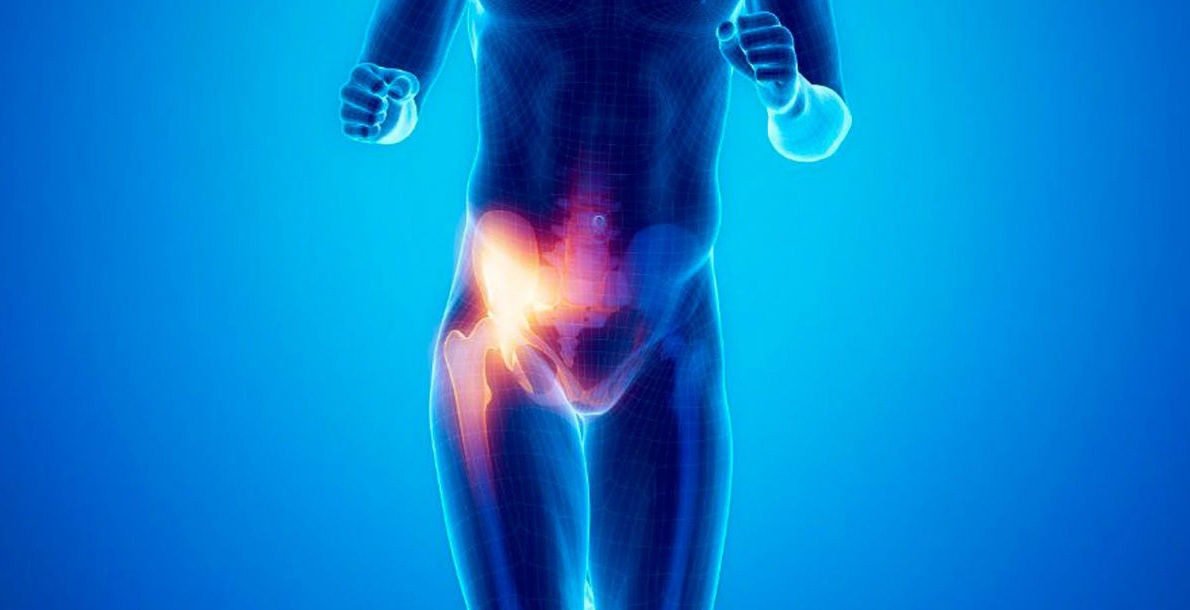Vertigo is a fictitious sensation, generally of a rotating type, of displacement of the body or of the objects located around it.
It must be differentiated from dizziness, which consists of a feeling of insecurity and instability, something similar to drunkenness, while vertigo causes the patient an impression of movement or turn, which may be transient, lasting for hours or even days.
In other words, it is an illusion of movement, either of oneself in the environment, or of the environment with respect to oneself. Vertigo is associated with an alteration, either permanent or transient, of balance. It can occur at any age, although it predominates between 40 and 60 years and is more frequent in women. Vertigo is caused by the reception of erroneous messages or the wrong interpretation of signals at the level of the brain.
There are many reasons why vertigo occurs; currently, up to 305 causes have been described.
In many cases, vertigo is accompanied by nystagmus, which consists of an involuntary and spasmodic movement of the eyes, which can be horizontal, vertical or rotating, and can affect only one eye or both. It is a key datum when differentiating peripheral vertigo from central vertigo. Both can be expressed in a similar way, although some signs like this are differentiators.
Peripheral vertigo
Abnormalities and ear infections. It is usually the most common type of vertigo, with inflammations of the labyrinth of the inner ear or the vestibular nerve.
Another very common type is called benign paroxysmal vertigo, where there would be small microcrystals in the inner ear fluid, manifesting in certain movements of the head or lying down.
There are also vertiginous pictures that happen after cranial traumatisms, which may be due to damage to the labyrinth structures, or due to bleeding from that location as a result of the blow.
Some drugs can also cause dizziness due to direct toxicity in the structures of the inner ear.
Central vertigo
In this group we must highlight tumors that are located in the posterior fossa of the brain, in the cerebellum, and that alter the equilibrium system from this location.
Also those pathological events that affect this area such as cerebellar strokes or hemorrhages have said level.
To alleviate the vertiginous symptoms it is recommended to use some drugs, always under the advice and control of the doctor. In cases that do not respond to the usual treatment, when the symptoms are severe and the patient’s daily life is limited, surgical treatment is resorted to.
Always take care of your health with a unique and efficient service. Visit Pharmamedic.






